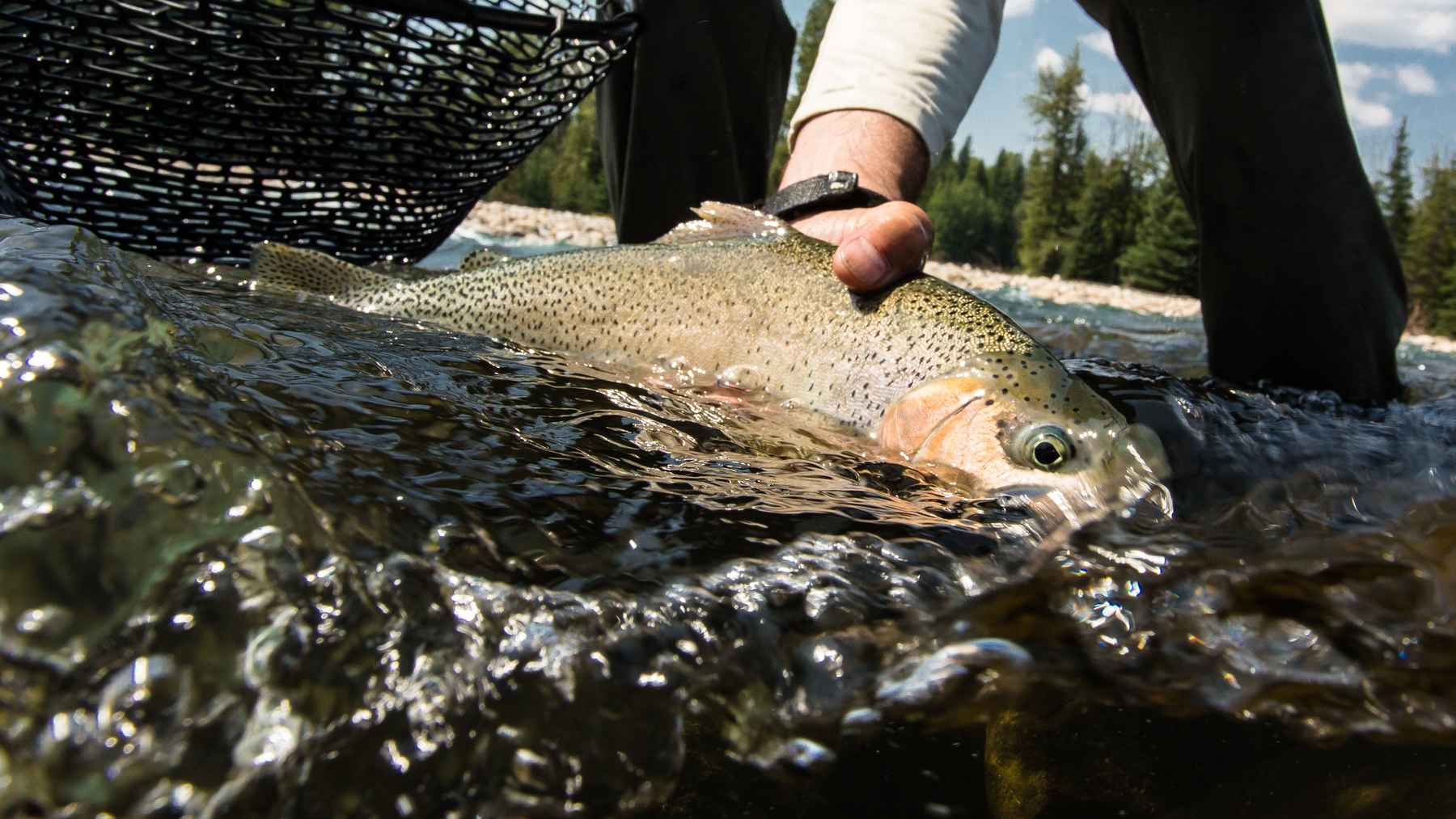But now i have an honest question for you now that we have established that I don’t have a tanker truck of rotenone in my driveway ear marked for PA and don’t go around depleting peoples wild invasive brown trout fisheries that i know have a great social value to them with my fly rod.
They are using piscicides out west, recovering native cutthroats, golden trout, apaches, Gilas, bonnevilles, lahontans, bulls, and more(some fish were actually saved from extinction credited to “pesticides”. If the ecosystems treated are now back and functioning with a native trout species in place, even saved from extinction that would have resulted from our bucket biology, is Swatty et al. getting off that buss too?
Pesticide was the term they chose to use in the article, so that’s what I went with too.
Answer - Probably. Admittedly, I’d need to know more about the specific stream cases where this supposedly worked in Utah, or wherever. What species was present that they successfully wiped out? Browns? I think there was a lot of Cutthroat habitat lost to Brook Trout out there, funny enough. I suspect it’s easier to exterminate invasive Brookies than Browns, especially in a larger broader scale watershed project where there’s likely Browns in the larger main stem waterways that could quickly repopulate. (Brookies, even out west are generally confined to headwater streams, by guess who, Brown Trout.) Specifically, this is what PA has…Browns in almost all of the larger watershed systems in the state. So I’d need to know if this worked in similar circumstances out west. Specifically again, were Browns present, successfully removed, and kept from repopulating. The final part of that may be too early to tell, even out west.
Short(er) version. In order for me to be on board with that, which I could be, I would need to be convinced that one chemical treatment would successfully remove the Browns, Brookies could be successfully reintroduced, and the Browns wouldn’t come back. I wouldn’t be in support of killing a good wild Brown or mixed species fishery every 10, 20, whatever years as the Browns from downstream/larger water repopulate. It would need to be a “one and done” type of deal.
I’m a good bit away from being convinced of that right now. I’m sure you can, and likely will, respond with some study out west where this worked like this, but I’m not convinced the west is analogous to what we have in PA. We have wild Browns literally everywhere. In streams we think of as WW Bass streams for goodness sake. How can you possibly chemically kill watersheds that size? You can’t, I think. At least not practically or in a way that will be socially supported. Small individual streams yeah, but I don’t know, in PA, how you stop the repopulation without large scale barriers. Which as is noted in nearly all of these “success story” projects out west is frowned upon from a genetic diversity standpoint. Ideally, you want large interconnected watersheds with just Brookies. I just don’t see how you can have that in PA right now. Seems to me it’s lots of small isolated pockets of Brookies, with barriers to keep Browns out, or you’re gonna have Browns show up (or show up again) at some point.
Again, there’s plenty of measures, talked about to death in the other threads, that I’d support PA taking that they’re not doing right now that I think would be easier to implement and garner support for, and would have a greater chance of moving the needle, than the systemic killing of good viable wild Trout fisheries, only to likely be in the same scenario X years down the road.
I’d like to see what the composition of those reclaimed Cutthroat streams is in 50, 100, 200 years etc, though I won’t be alive to know. That will be the measuring stick of whether there was success achieved. Naturally, I’m skeptical that the same processes that led to the displacement of the Cutties, will recur.
I must also admit, I enjoyed calling the Brookies invasive. 😜




